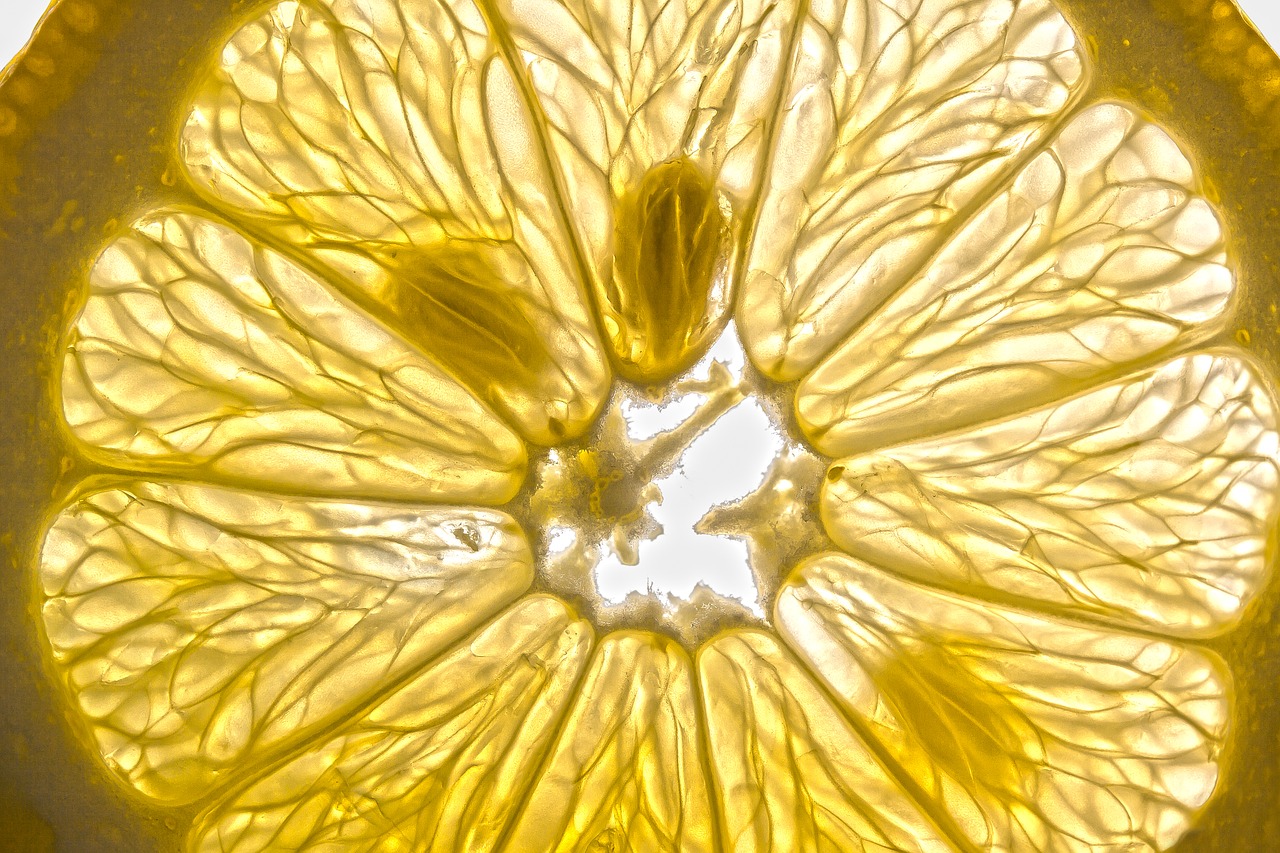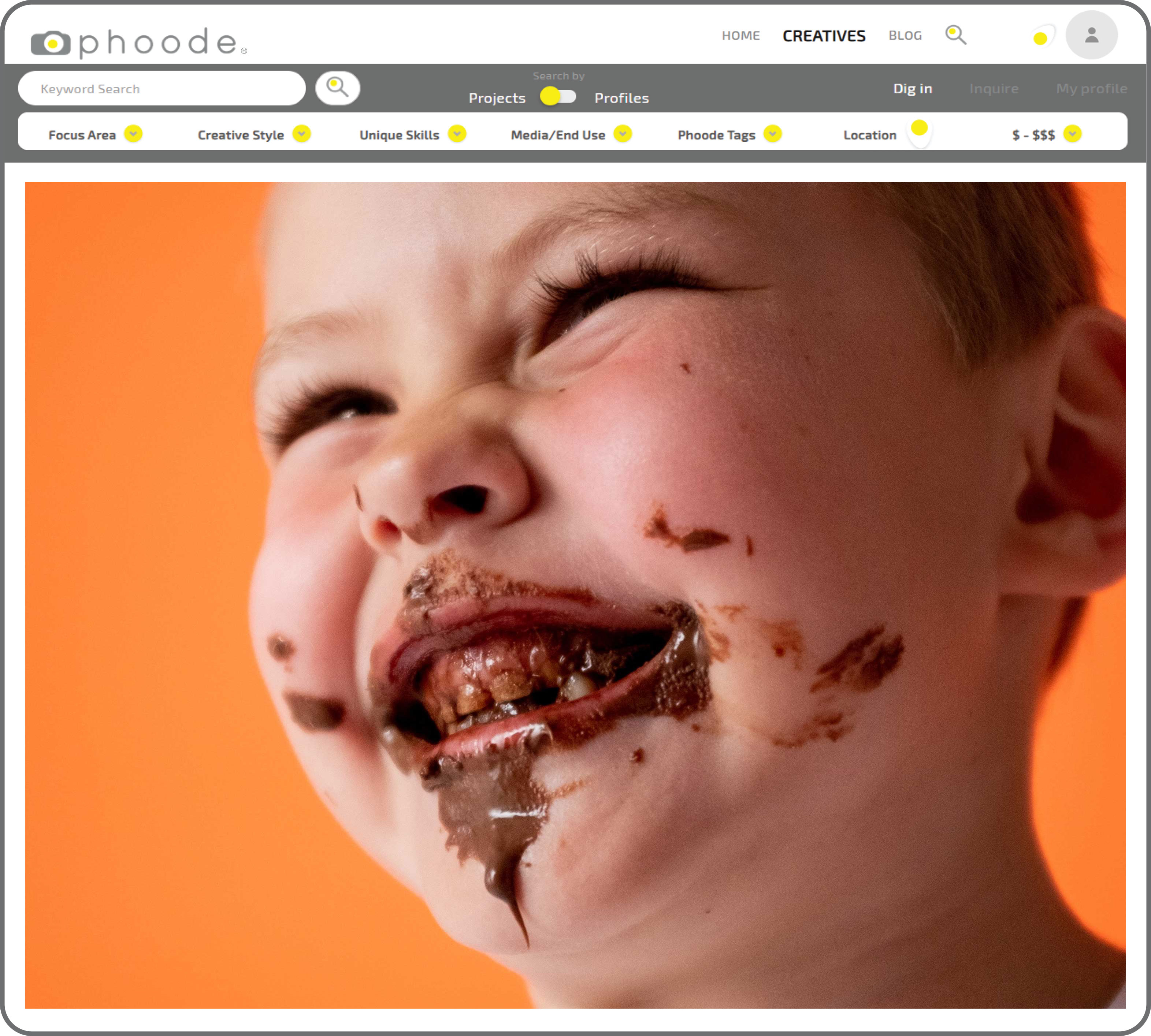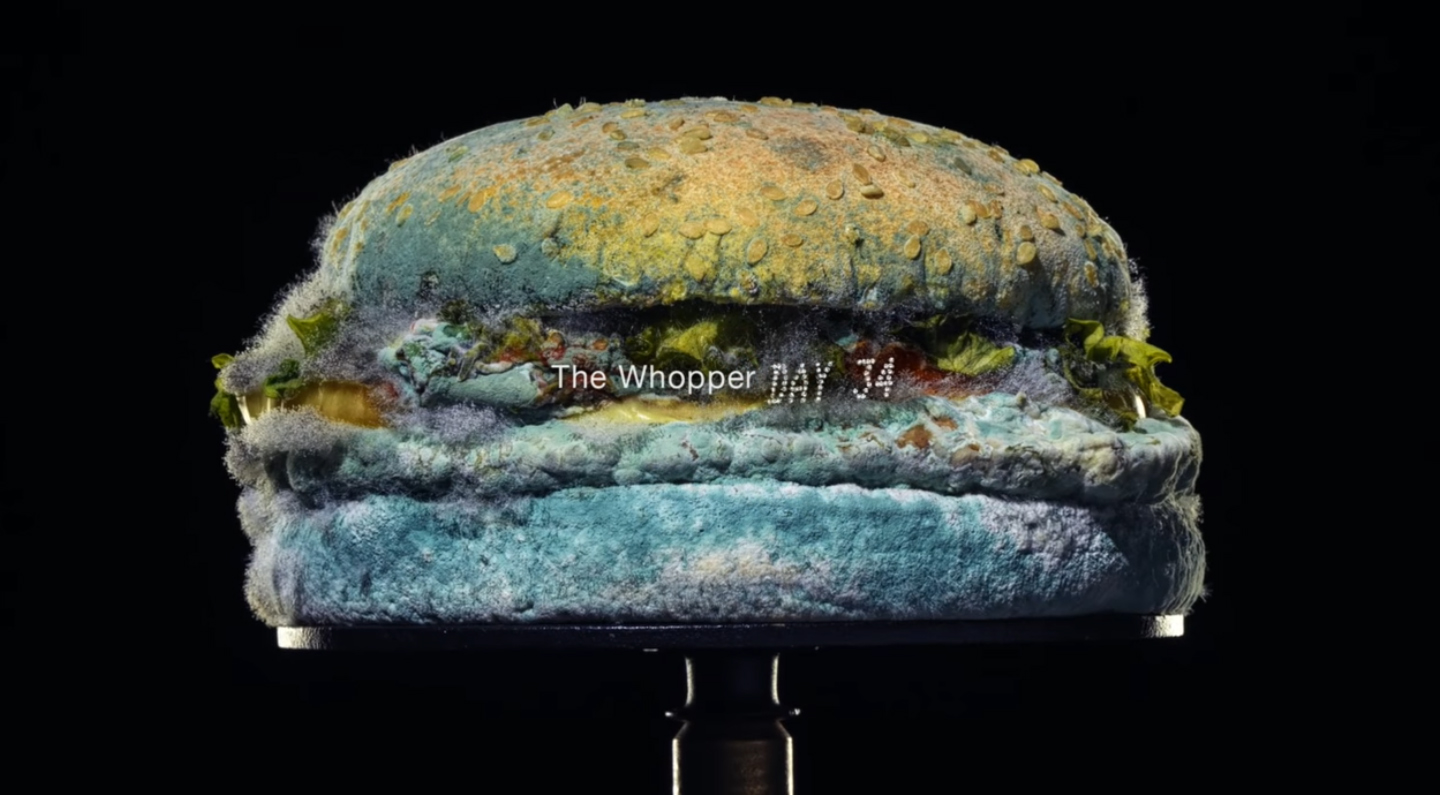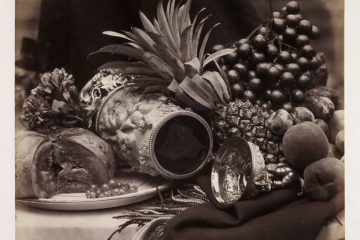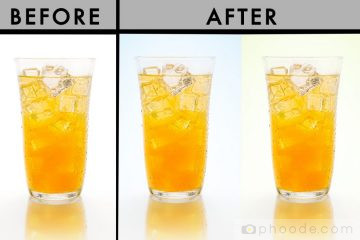“Macro Food Photography” Captures Every Little Detail about Food
Macro Food Photography [ˈma-krō][fo͞od][fə-tŏgˈrə-fē] (n.) – Closeup photos of food that display the fine details and textures of their subject, usually taken with special purpose macro lenses. Macro food photography is used in all fields of food photography and is an essential skill for food photographers to possess. Macro food photography could include enlarging one quite small food ingredient to fill the frame, or zeroing in on one part of a larger item. In both cases, portraying the food in a way larger than humans usually perceive it.
Example: “My photos just weren’t really capturing the fluffy freshness of the croissants, so I thought maybe macro food photography would be good to try out. Sure enough, when seen from closeup, both the soft white and crispy golden textures of the pastry looked so tasty.”
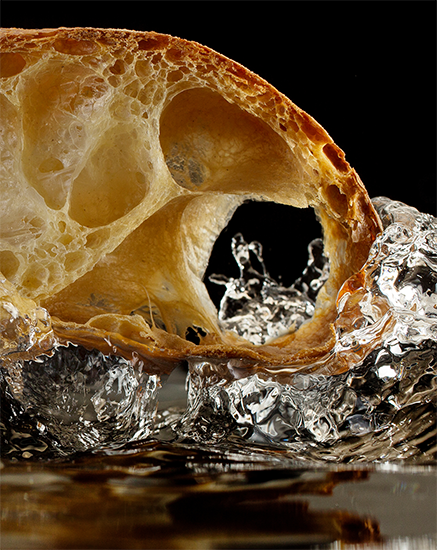
In some photo genres, macro photography is not typically used, but in food photography, it is an absolute necessity. Sometimes food items themselves are quite small, for example, an almond. If one were shooting an editorial piece about the health benefits of almonds, one would struggle to do so without at least a few macro shots. Also, because macro photography lends itself to shallow depth of field, it is especially useful when photographing plated food for recipe websites, cookbooks, and restaurants. In advertisements, macro food photography is frequently employed to make people’s mouths water by representing textures as deep and luscious.
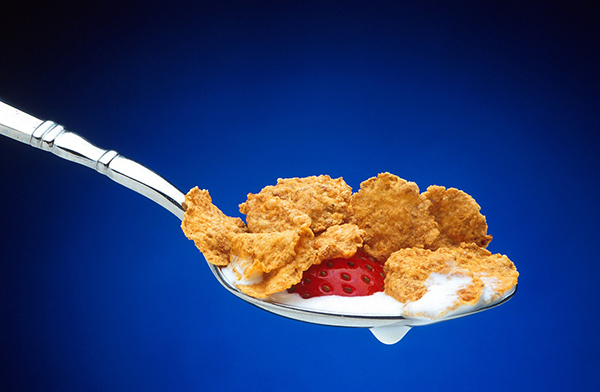
With regard to equipment, macro food photography can be achieved in a number of ways. First and foremost, by using a special purpose macro lens. These fixed lenses are capable of focusing at very close distances with fairly long focal lengths, meaning the subtle contours and textures of, for example, the meat of an orange will be easily viewed. Secondly, one may purchase adapter rings that allow for any lens to be flipped backward and used as an effective macro lens. Sometimes photographers even screw a reversed lens onto the end of their macro lens for extreme close-ups. Other options include inexpensive magnification filters (not great for sharpness) and extension tubes/bellows. The latter of these two is quite effective, although severely darkens the image, making a wide depth of field nearly impossible to obtain.
One could use a zoom lens with a macro feature, but this is not really a macro lens. When a zoom lens is labeled as a macro lens it means it can focus from a closer distance than other zoom lenses. However, the only lenses that can actually present 1:1 ratio life-size images are fixed lenses designed for that purpose. A 1:1 ratio means that an inch-long tea leaf will be an inch long on the negative/sensor, appearing on the in-camera preview screen the same size as in real life.
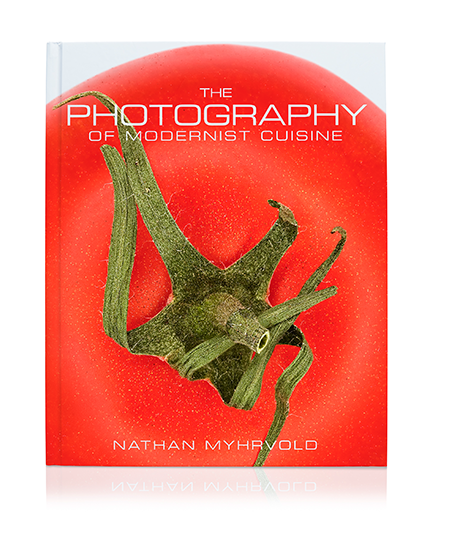
The size of the actual object, the lens choice and how it translates physical size onto the negative/sensor, and the size of the print or digital file all influence how big the included food ingredient or food detail will be and whether it classifies as macro food photography or not. The line between a normal closeup and a macro closeup exists where the photo begins to reveal more detail than the average person sees in a particular food item. This is also exactly why macro food photography is used as well, to visually entice and intrigue with exaggerated size.
